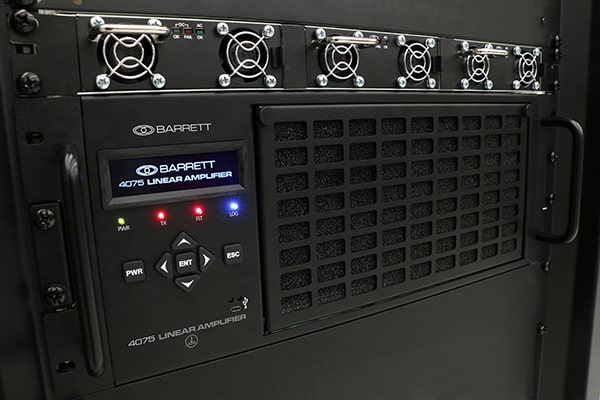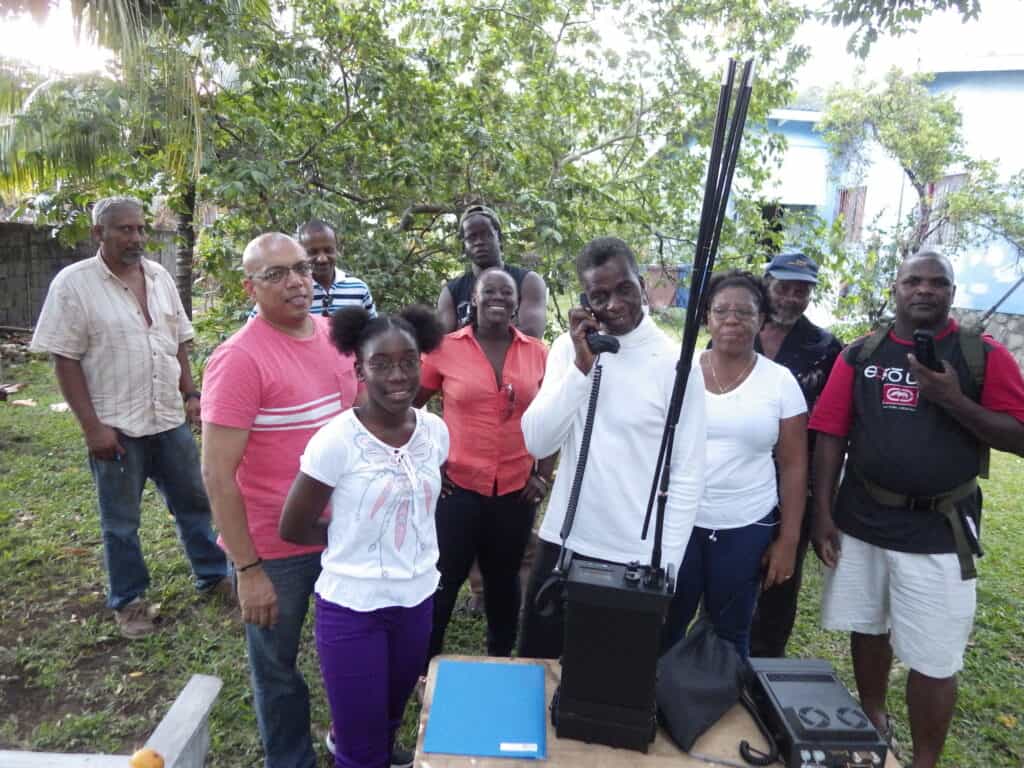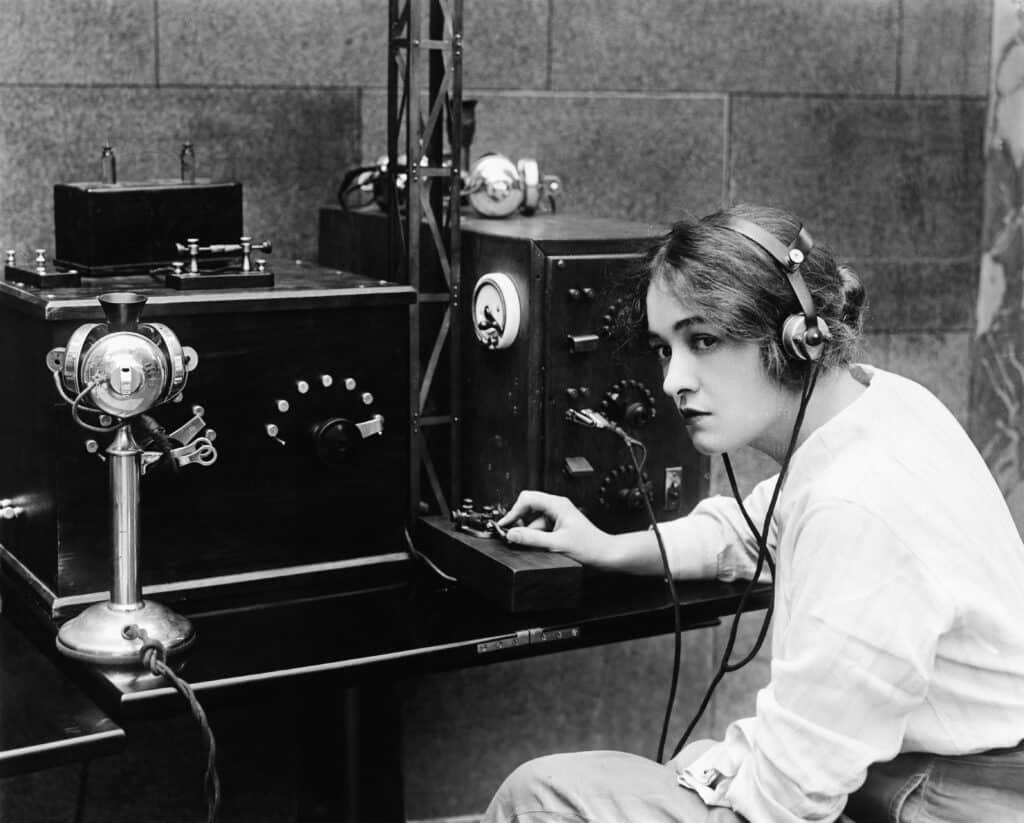Are radio communications affected by climate change?
Are radio communications affected by climate change?
With extreme weather increasing in occurrence and sea temperatures rising, climate change has transformed from a theoretical possibility to a real threat to the Earth. According to the Climate Council, Australia is one of the most vulnerable areas of the developed world when it comes to the impact of climate change, with heat waves striking earlier in the year and for longer periods, impacting the water cycle.
In such temperatures, it’s vital to have a means of communication that withstands the most extreme weather events. Here, we discuss how radios are affected by the changing climate and how Barrett Communications equipment are designed to last in these conditions.
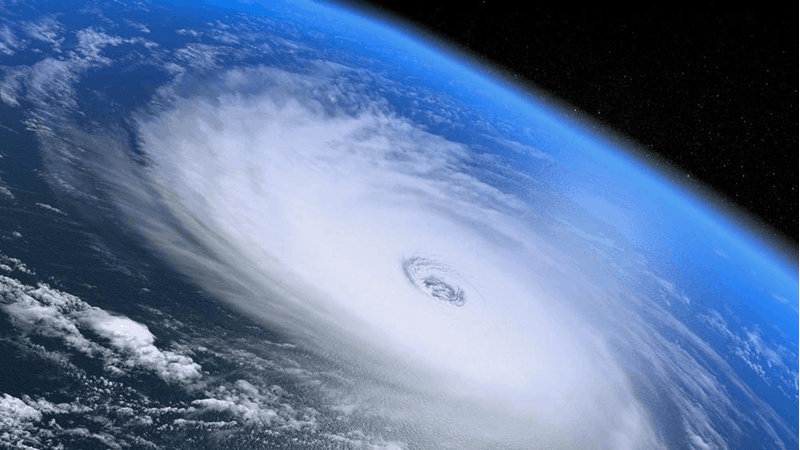
Climate change has a direct affect on the weather and in turn, impacts radio communications.
How can climate change impact radio communications?
HF or high frequency radios operate by propagating radio waves through the ionosphere, which are reflected back to Earth and picked up by transceivers. This is an incredibly effective form of communication as it allows messages to be sent over thousands of kilometres. However, the method by which HF radio signals are broadcasted means that they can be susceptible to breaks in contact, including excessive rainfall.
Raindrops essentially absorb the radio waves being transmitted, impacting clarity. Furthermore, stormy conditions such as thunder and lightning creates radio noise and static that makes messages difficult to interpret.
The change in global temperatures means that more water is evaporating, contributing to intense storms and rainfall that result in flooding. For those in critical sectors, such as paramedics, it’s crucial to have a means of contact that can withstand such conditions for clear, uninterrupted contact. Here’s where the Barrett 4050 HF SDR transceiver is at the forefront of radio technology.
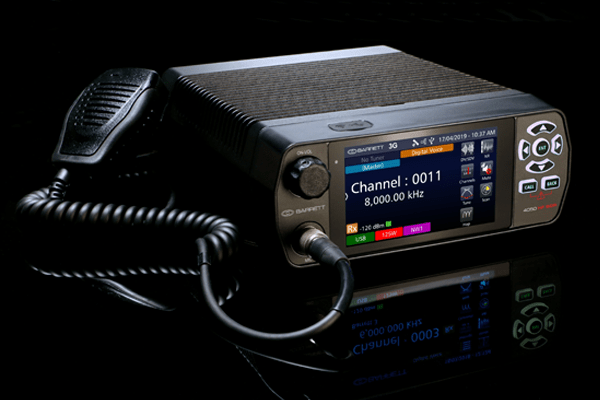
The Barrett 4050 HF SDR transceiver is built to withstand extreme weather events, maintaining a clear level of contact.
How can Barrett Communications equipment withstand these conditions?
Equipped with Digital Signal Processing, the Barrett 4050 HF SDR transceiver filters out background noise and isolates voice data for a clear broadcast. In events such as floods or hurricanes, this feature is crucial in ensuring that relief and rescue parties involved hear a message as clearly as possible.
The Digital Voice function incorporated in this radio creates a high-quality audio experience for listeners. Voice messages are transmitted through digitally sequenced tones representative of the message, and are then transferred back into the original data on reception. This method of broadcast means the data can’t be manipulated by atmospheric distortion, as well as offering a base level of security through a sequenced message that isn’t easily decoded.
To find out which Barrett Communications equipment is best suited to keep your lines of contact open in the event of a disaster, get in touch with our team.



